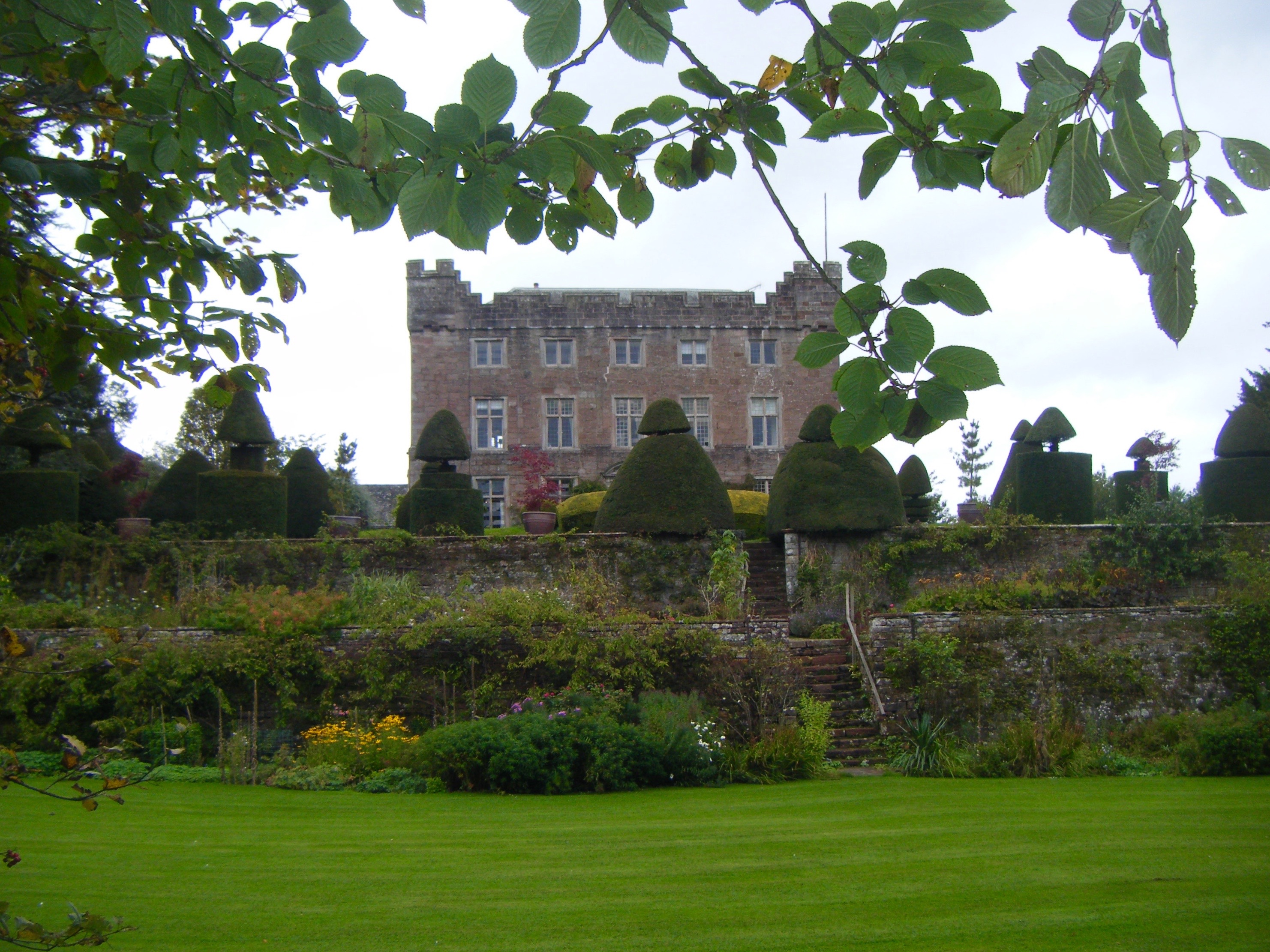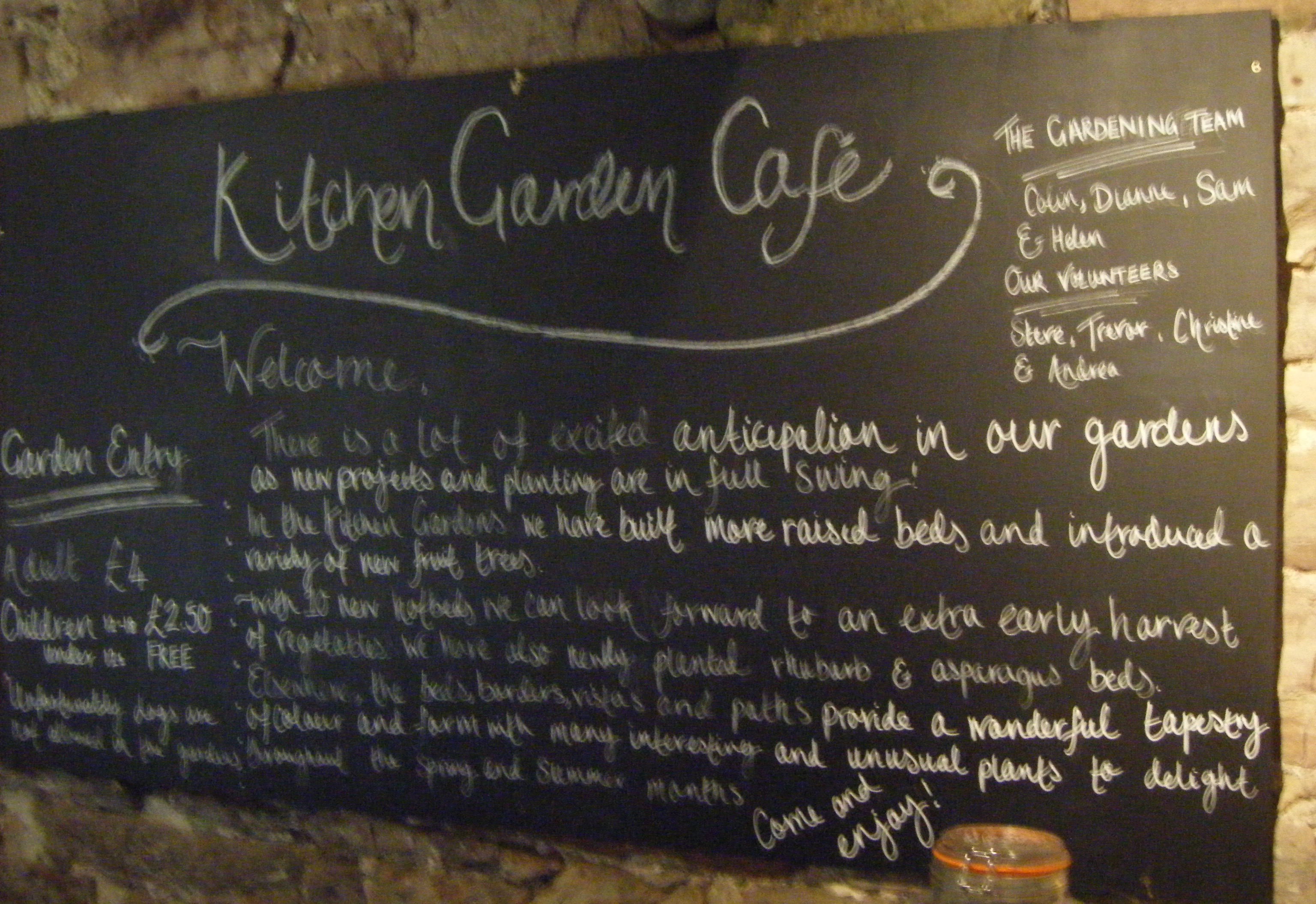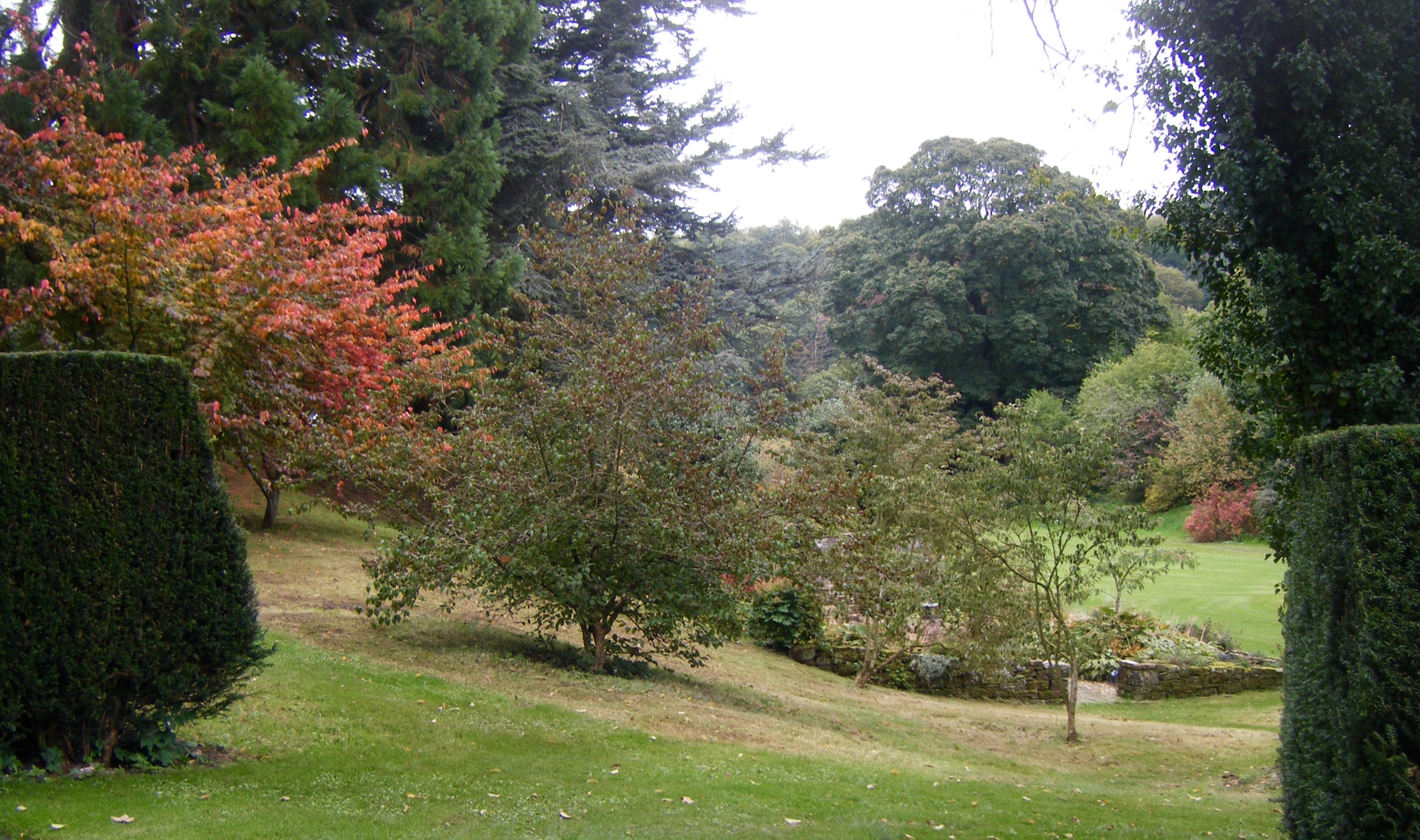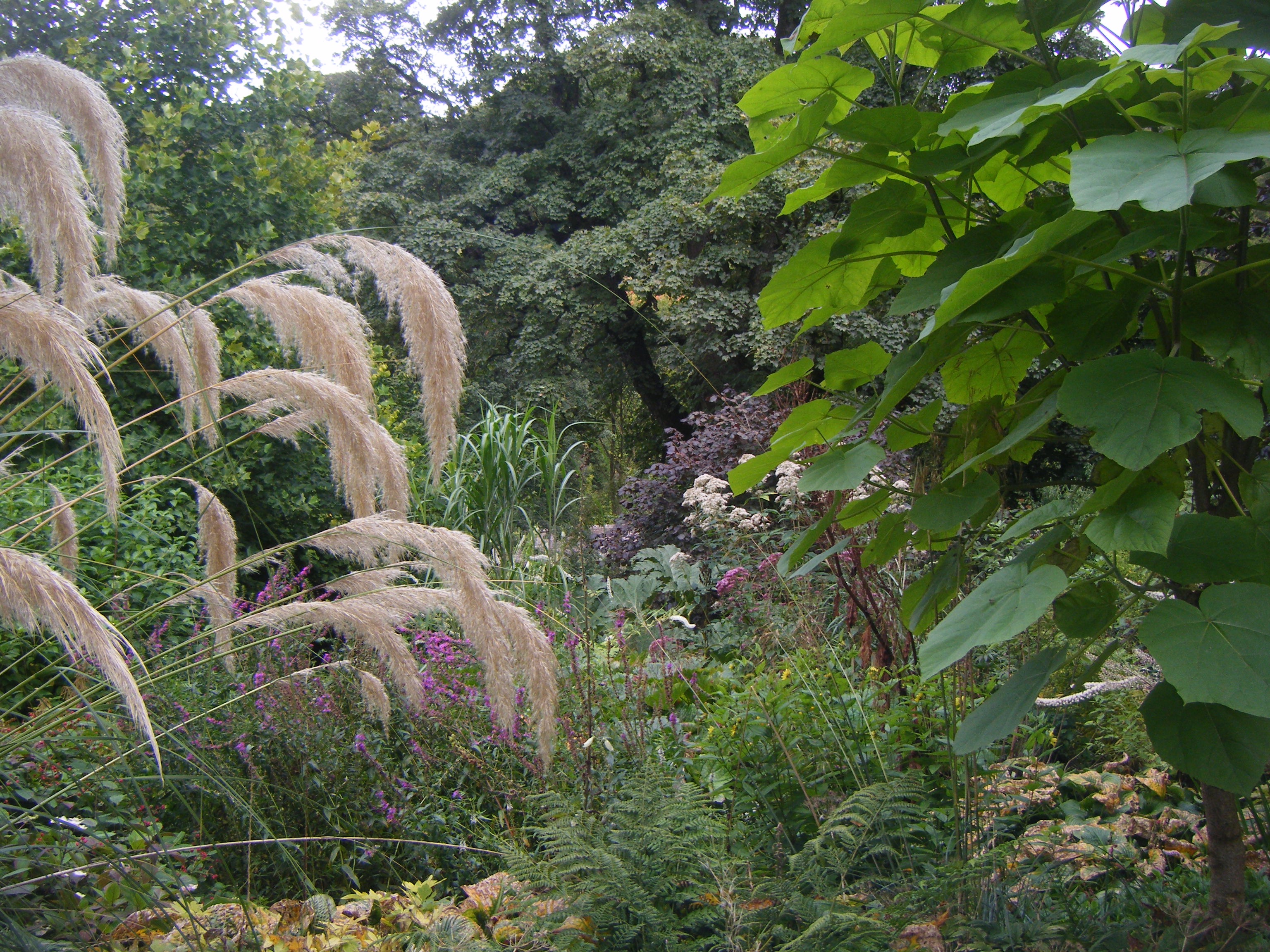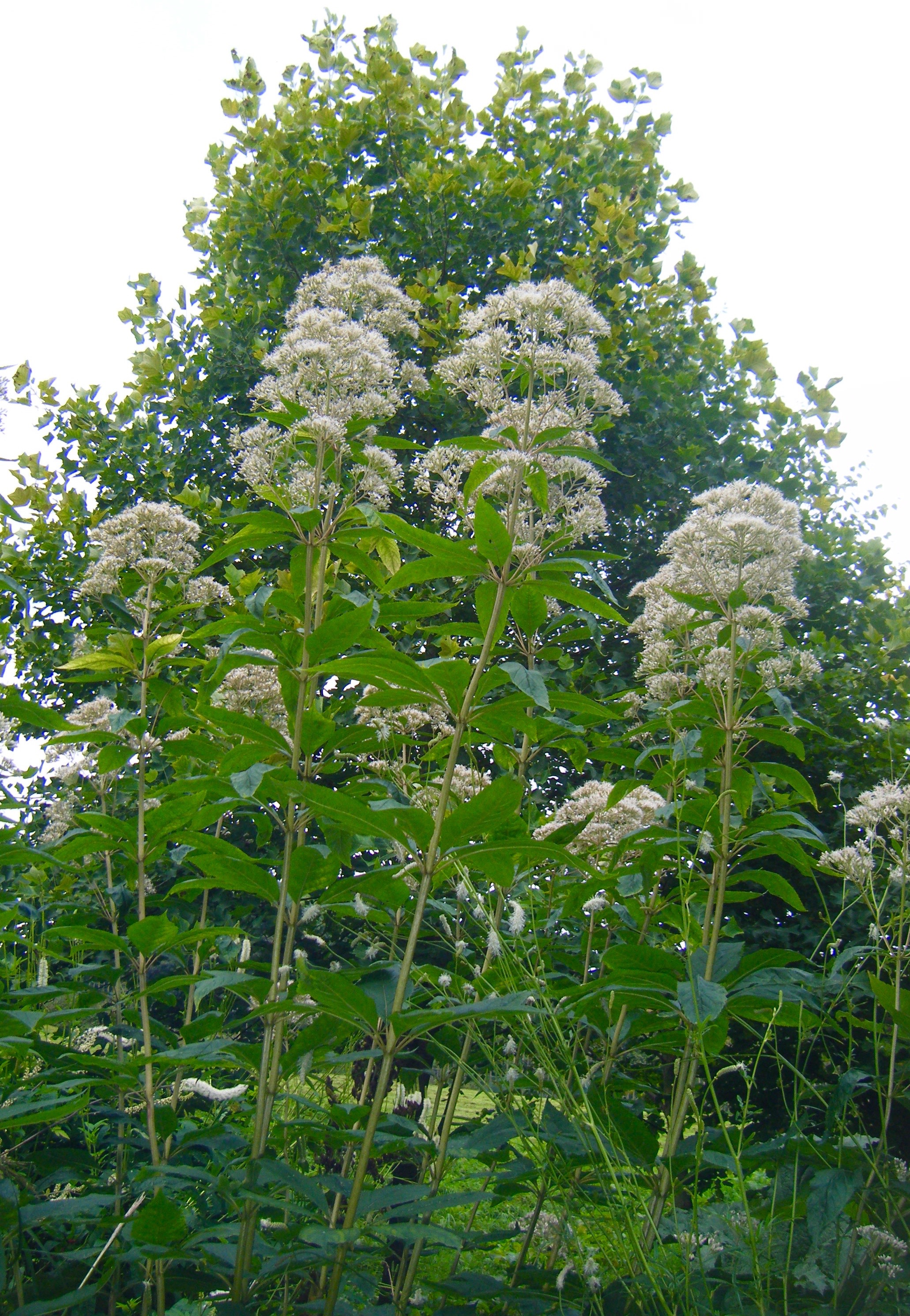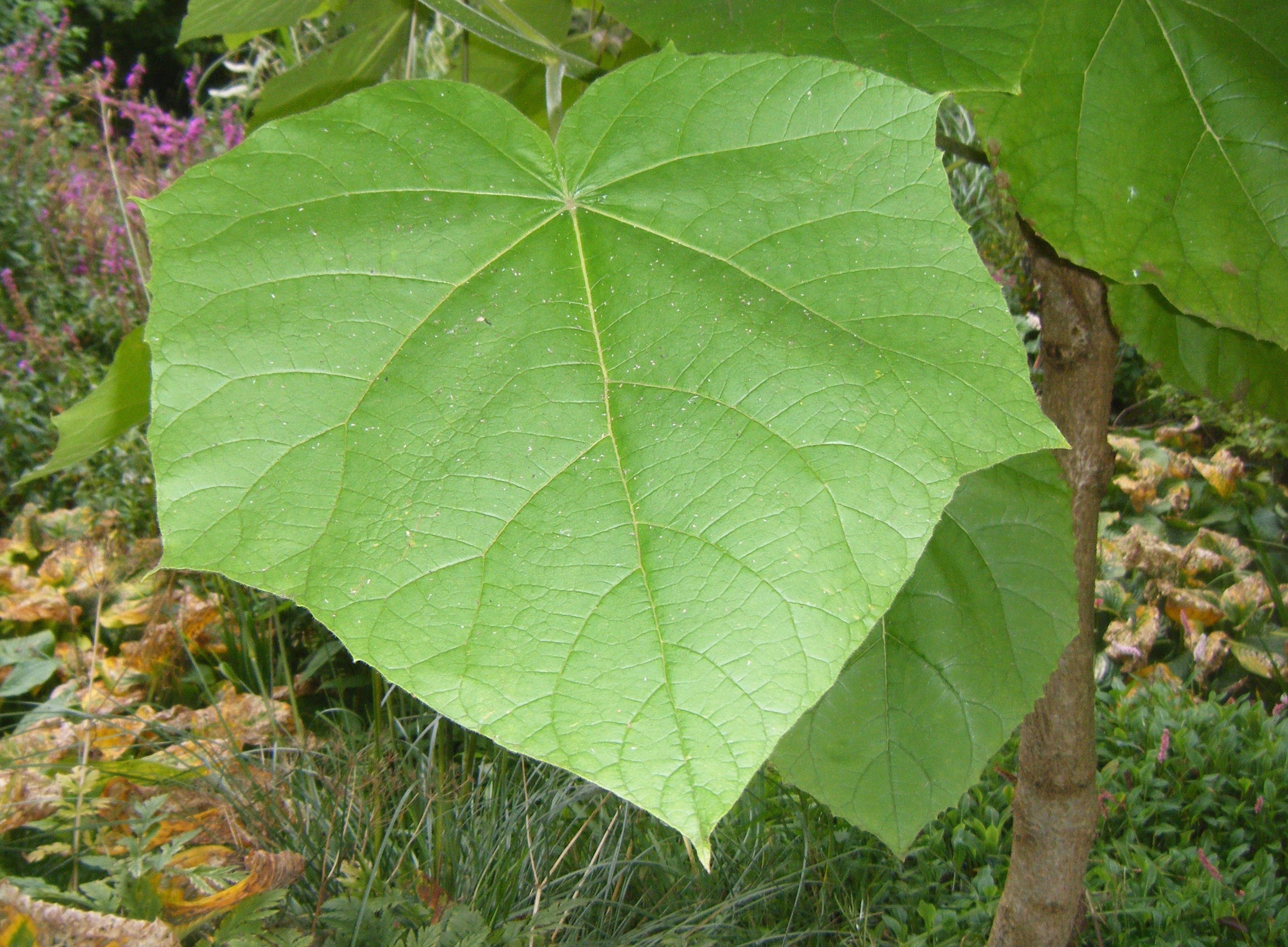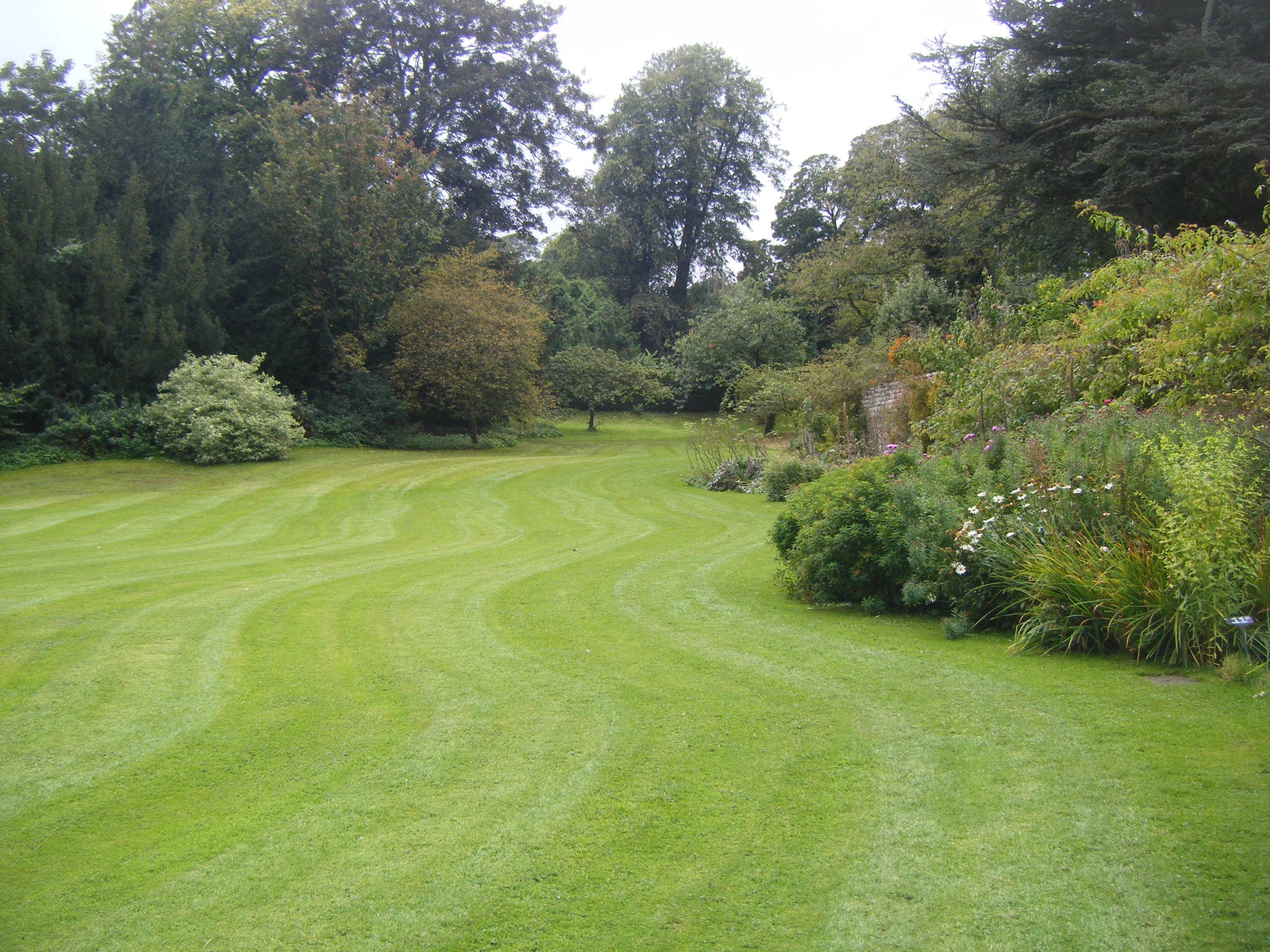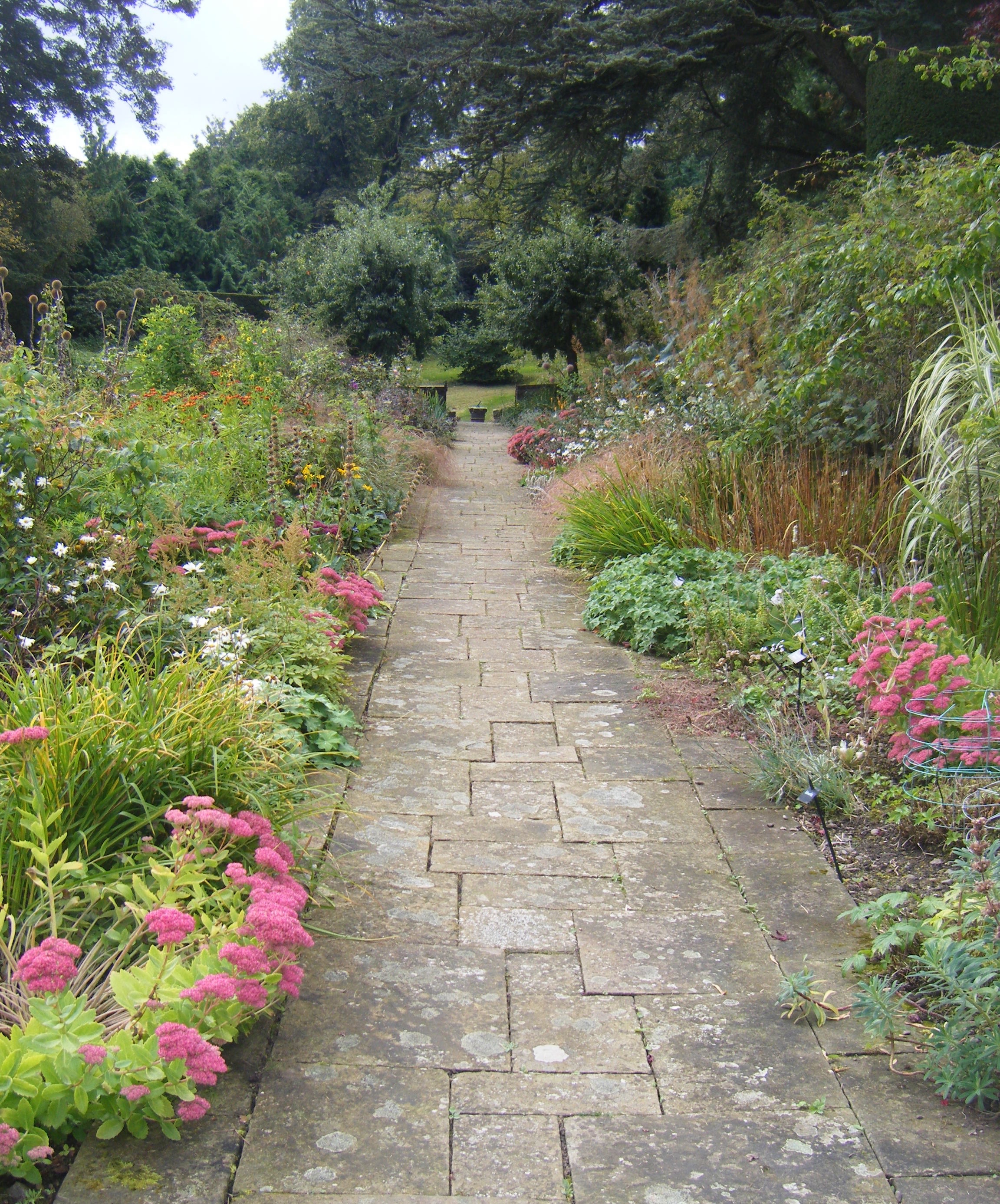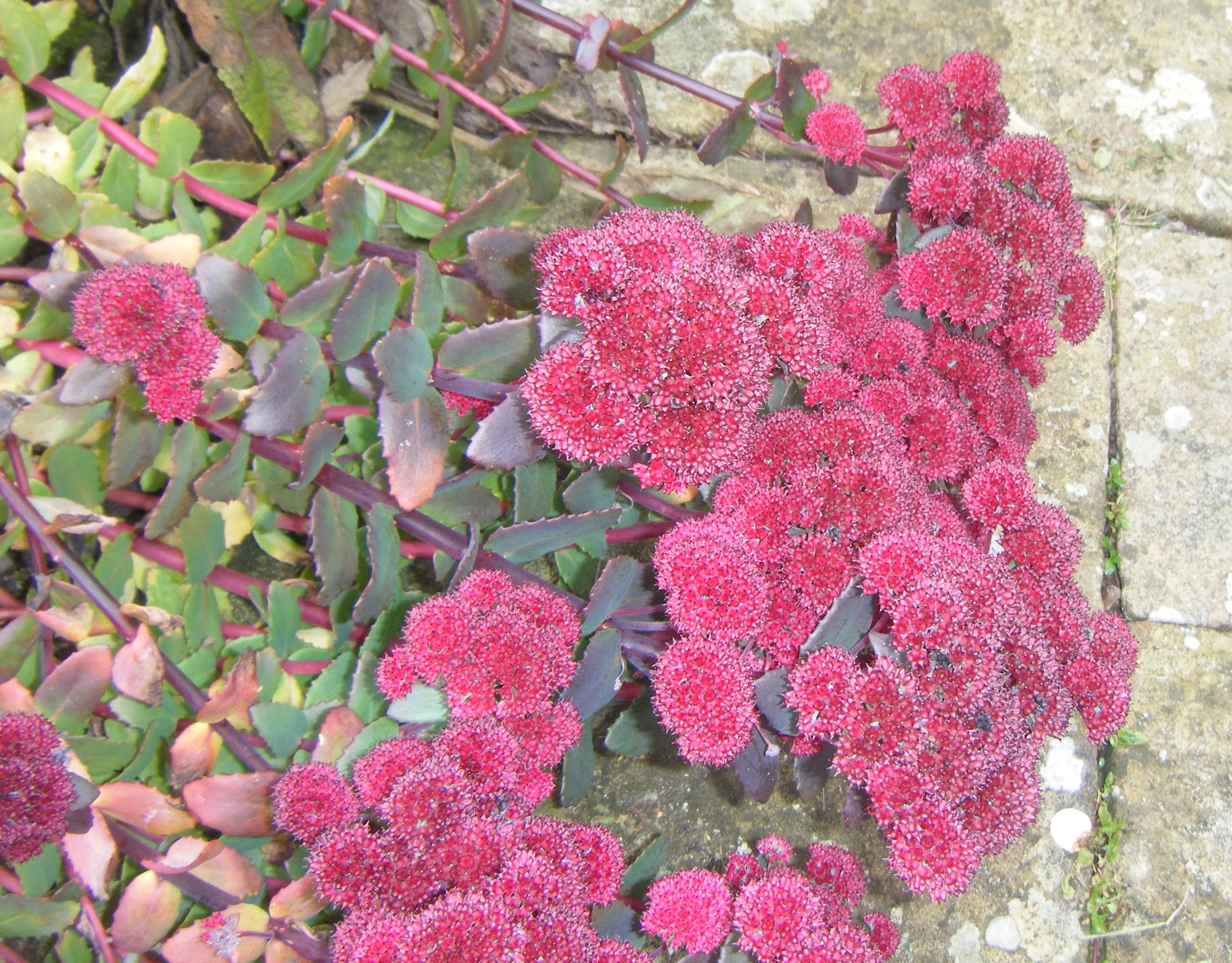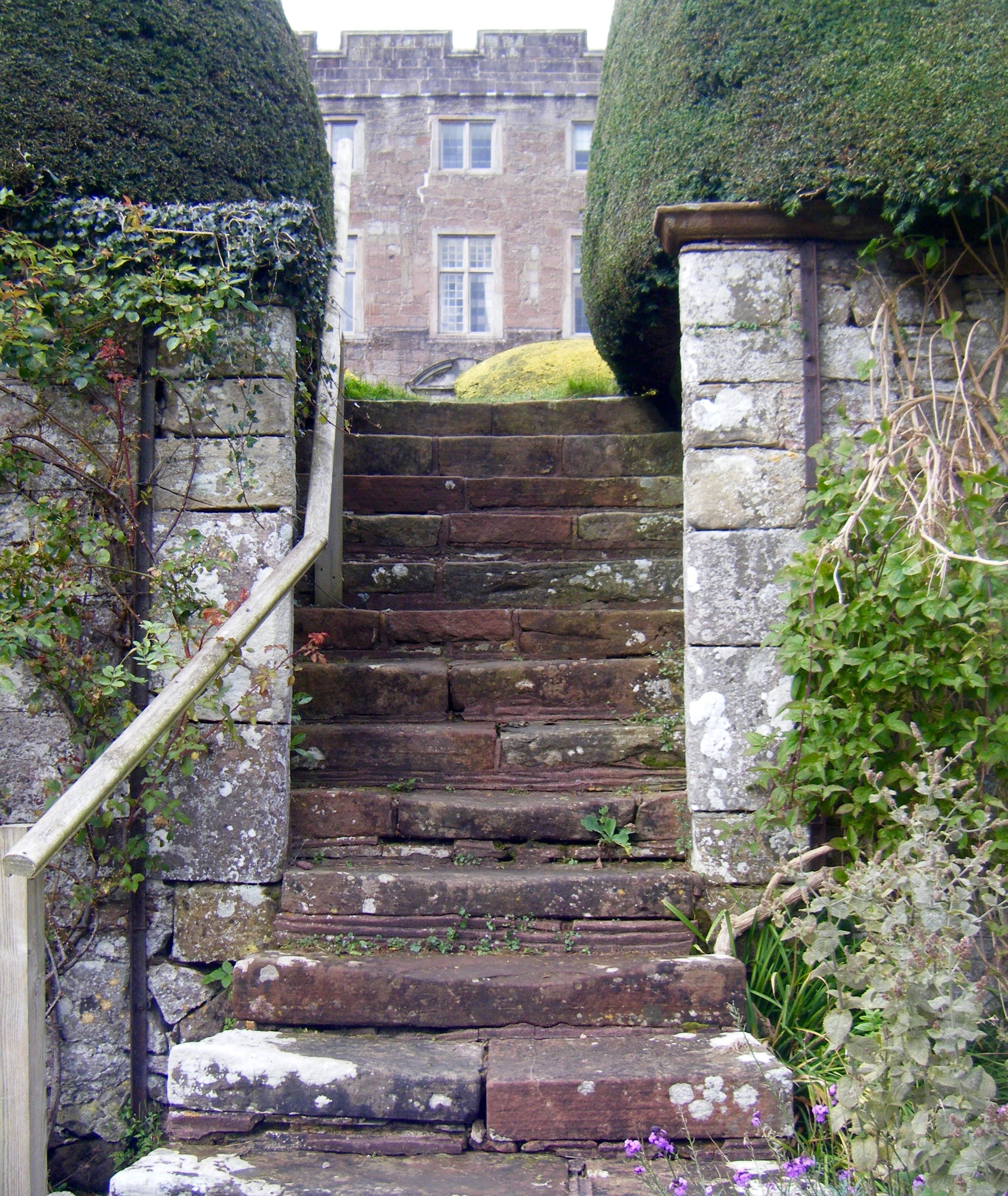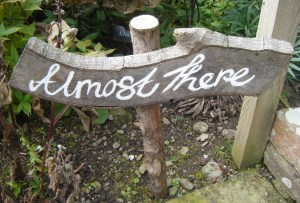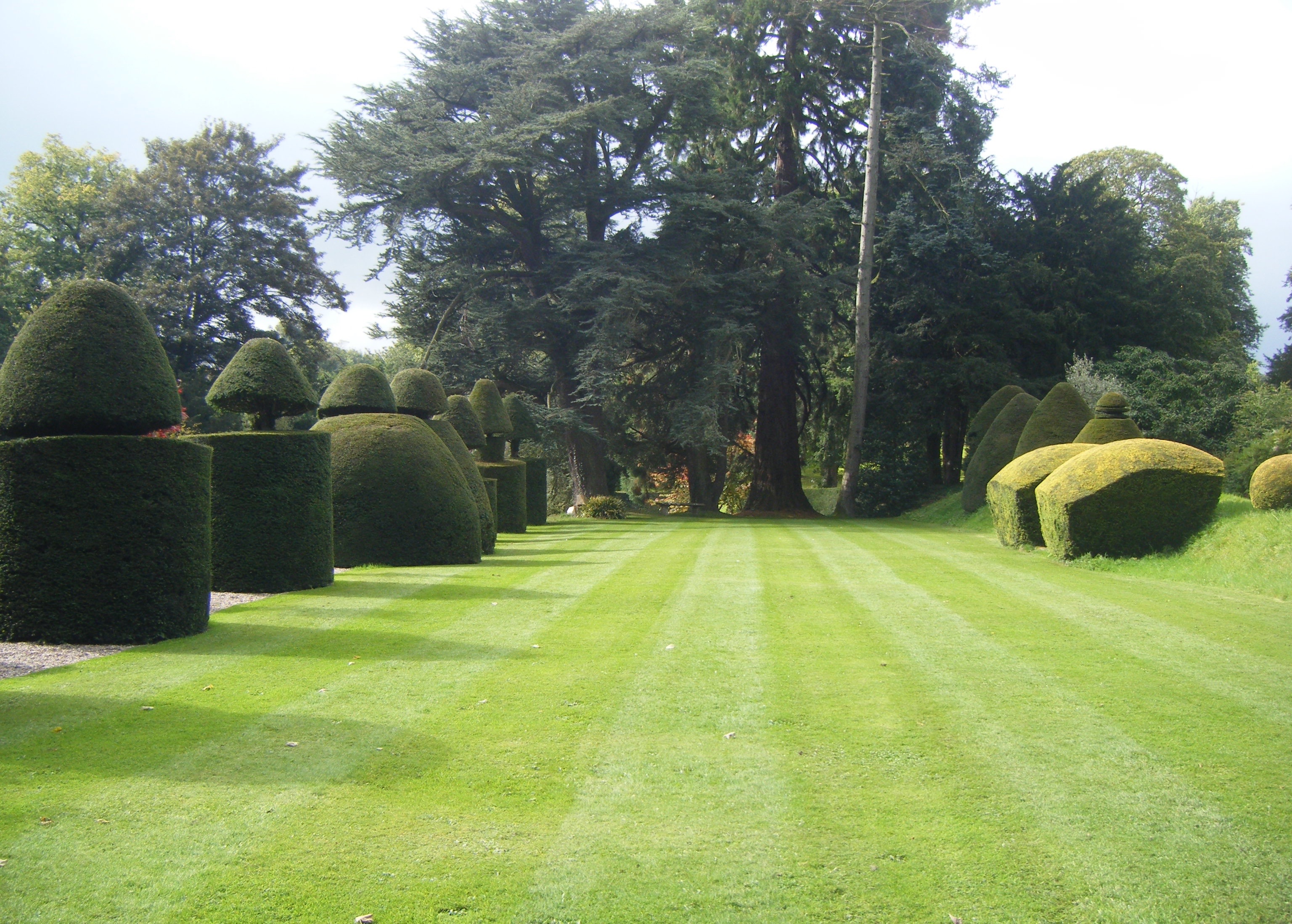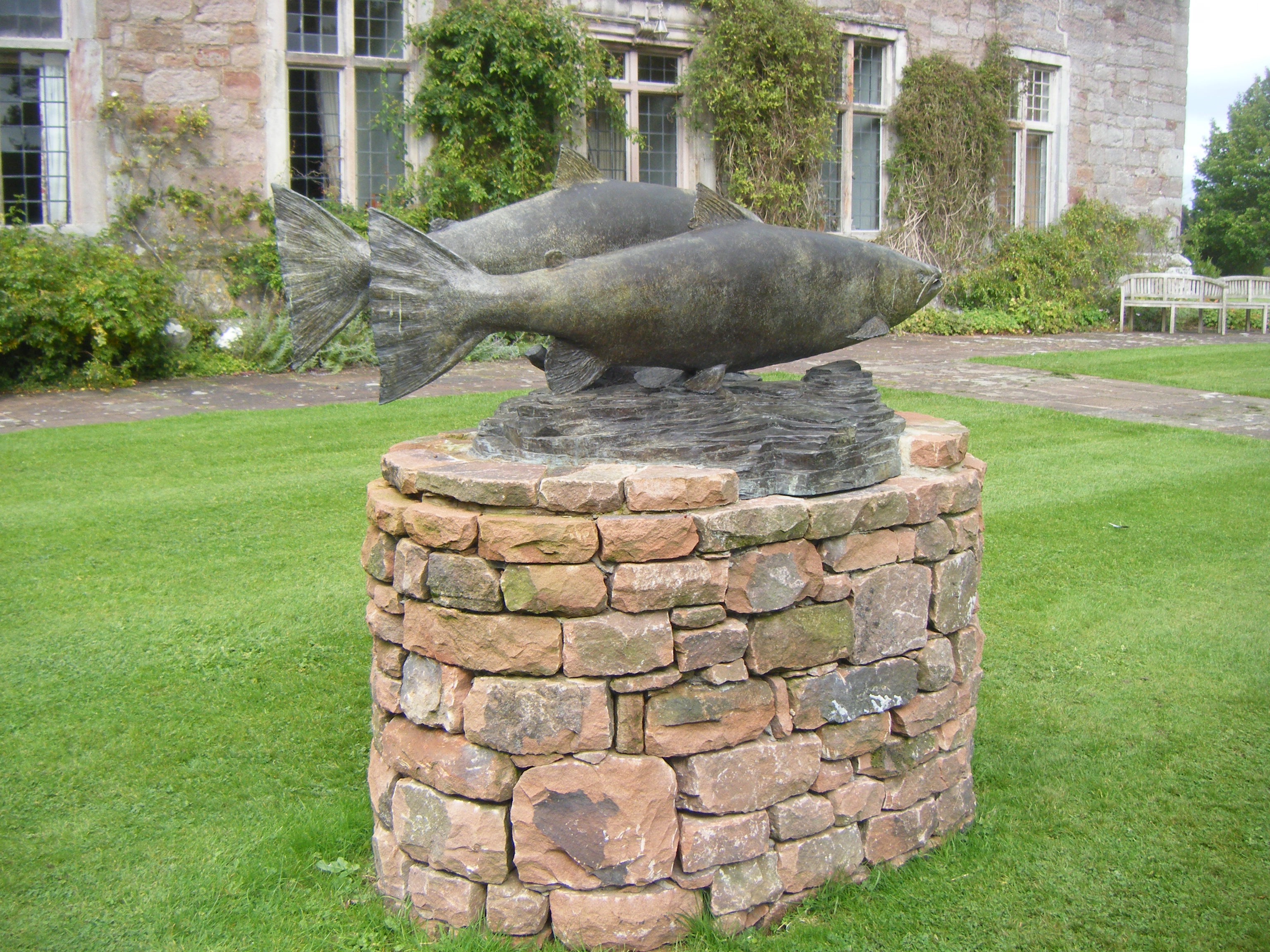On my way to London last Sunday I took the opportunity to visit St. Paul’s Walden Bury, just off the A1M in Hertfordshire which was open for the National Garden Scheme https://ngs.org.uk/. Appropriately a fine statue of Charity was there to greet us at the entrance.
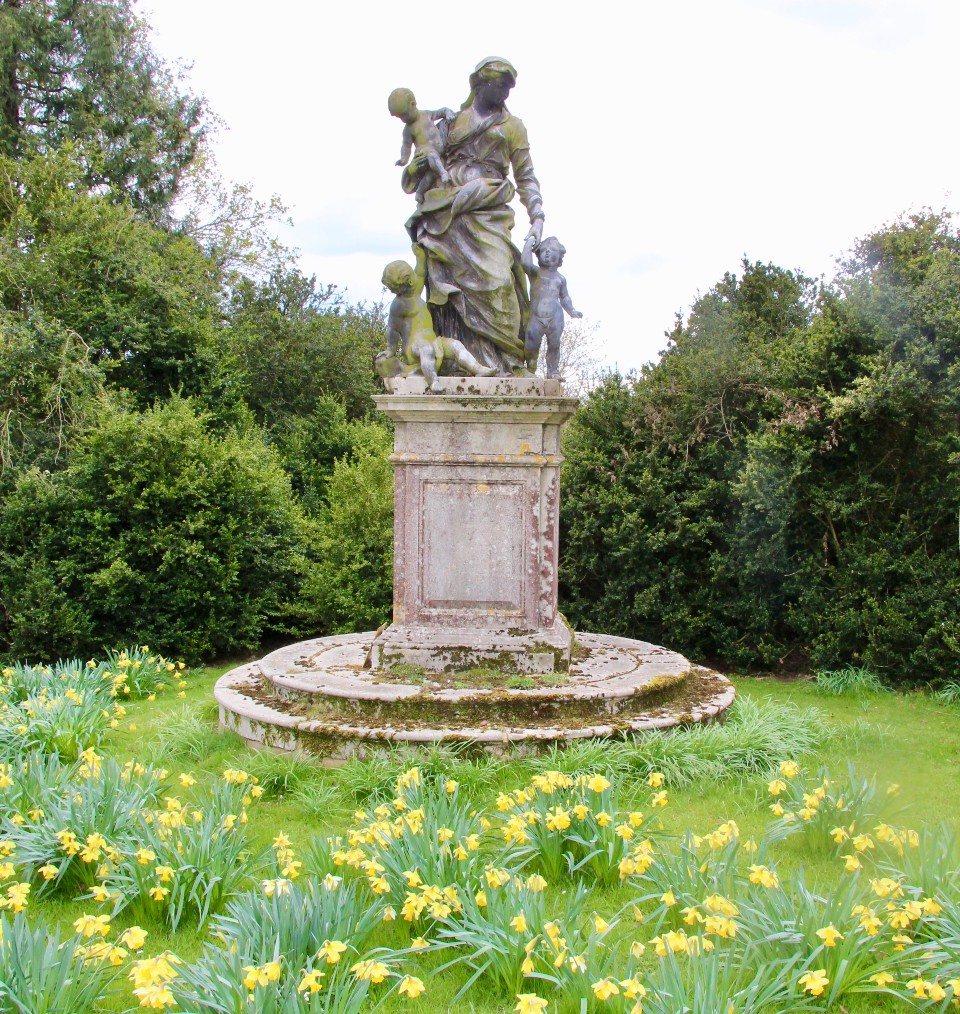
Standing with our backs to the house on the north side there are three allées lined with crisply cut beech, which radiate out from the lawn and away, down then up, to three ‘eye catchers’ in the distance. This is an 18th Century landscape, the design is known as patte d’oie (goose foot), and my rather flat photo does nothing to prepare you for the sense of scale.

On the lawn just in front of the patte d’oie, a powerful show of masculine strength positively exudes from the two life sized statues; on the left Hercules and Antaeus are entwined with their struggle (a copy of Giambologna’s) whilst on the right Samson is meeting it out of the two Philistines (a copy of Michaelangelo’s).

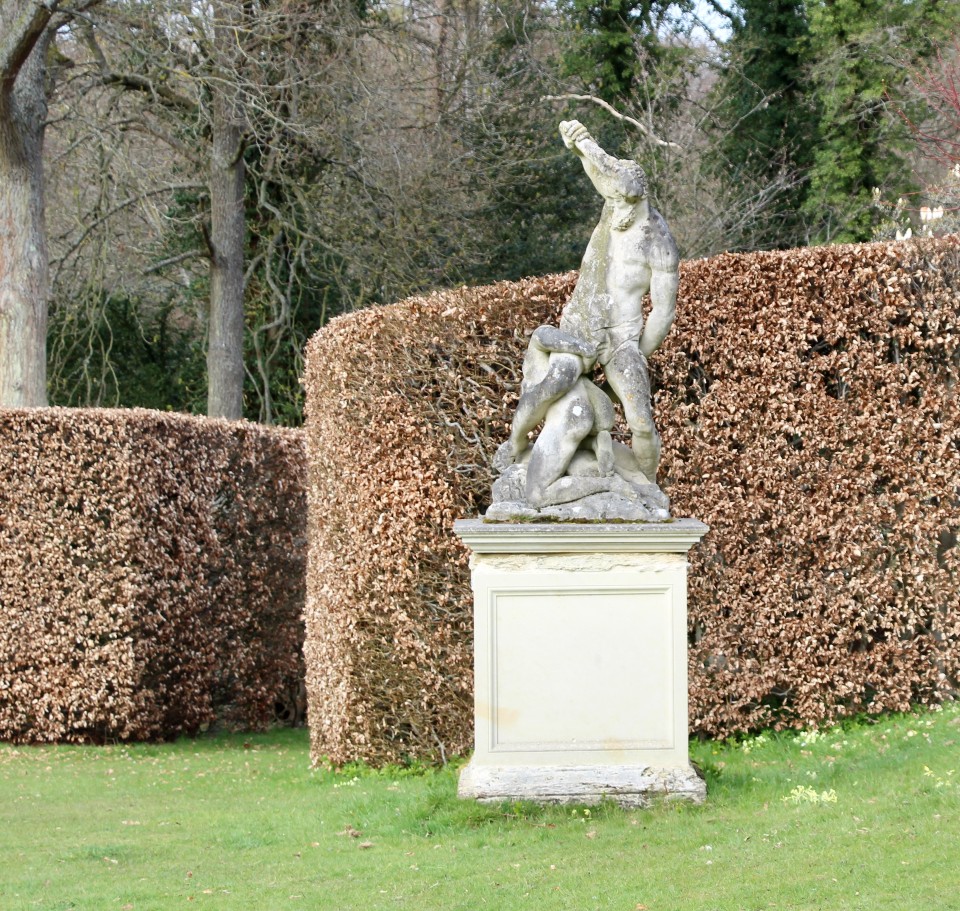
The three allées lead up to their individual eye catchers on the horizon; the left hand allée draws the eye to a gentler statue; this is of Diana (identical to the one in the Louvre),

the middle allée, the wider of the three, although it is difficult to see, has a statue of Hercules, who we will meet later.

The third allée, the most easterly on the right is perfectly aligned to see the parish church of St. Paul’s Walden Bury.

Two gnarled pleached lime walks flank the lawn in front of the house, and it is from the right hand one that we begin our journey:

An ornate aged stone bench with its equally aged magnolia draws us through and under the pleached branches of the limes,
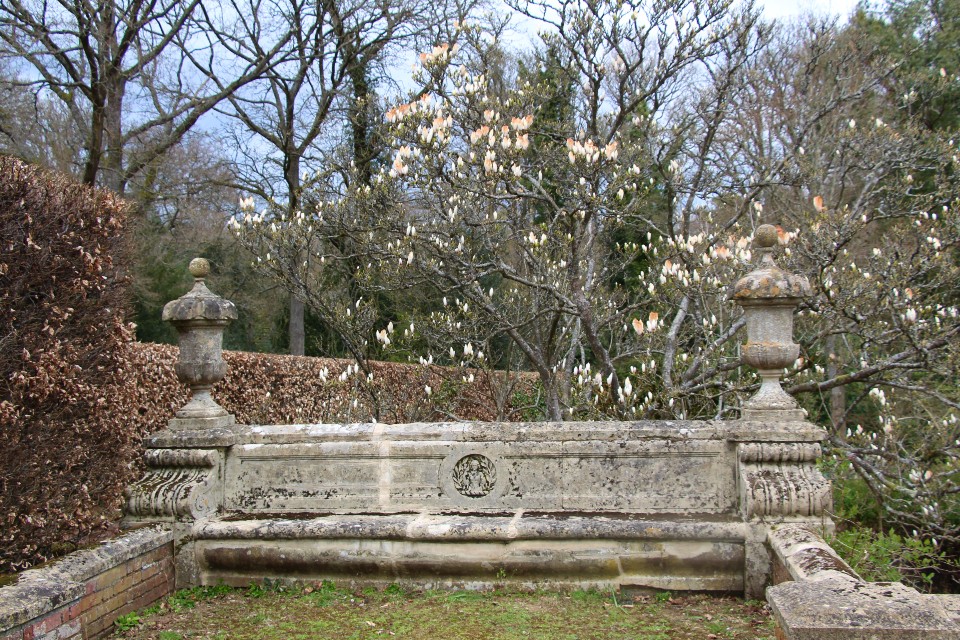
where we turn right down the stone steps which are sweetly softened by the chance growth of primroses.
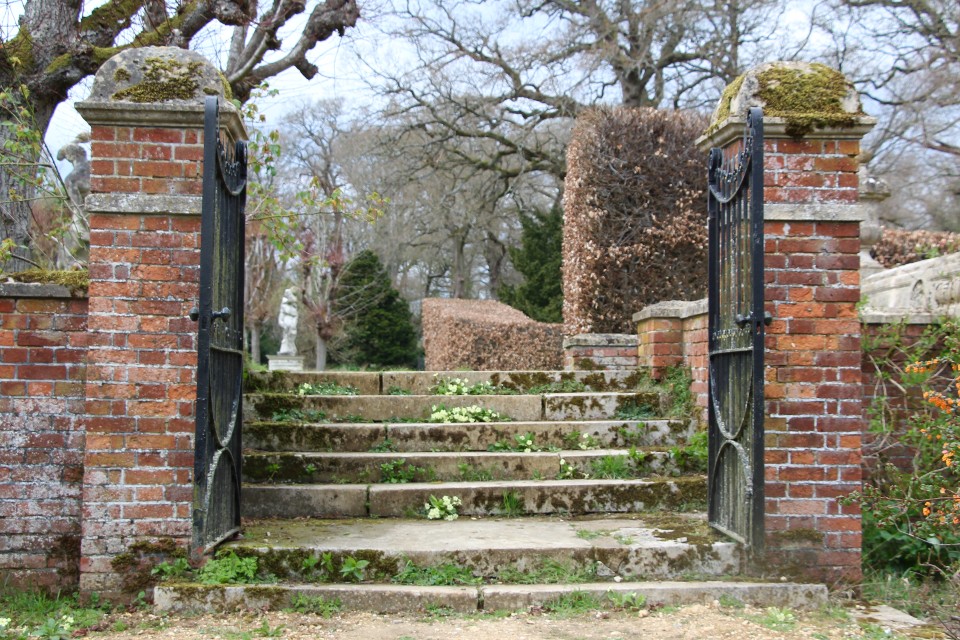
We stride off towards the lake, where boughs of blossom and drifts of daffodils grow in harmony on the grassy bank.

The lakeside temple gleaming white looks as if it has been here since the creation of the landscape; however, it was designed by Sir William Chambers in the 18th century for Danson Park, near Bexley Heath and was removed in 1961 to this present site. Surely this is an example of recycling at its best.


Rather than going straight across to, shall we call it, the salvaged temple, we turn right and head up the hill taking the very eastern allée. Stopping for a moment to admire the tender statue by Peter Scheemakers of Venus, the goddess of love with Adonis the young hunter; we can’t help thinking that he might have something in his eye?

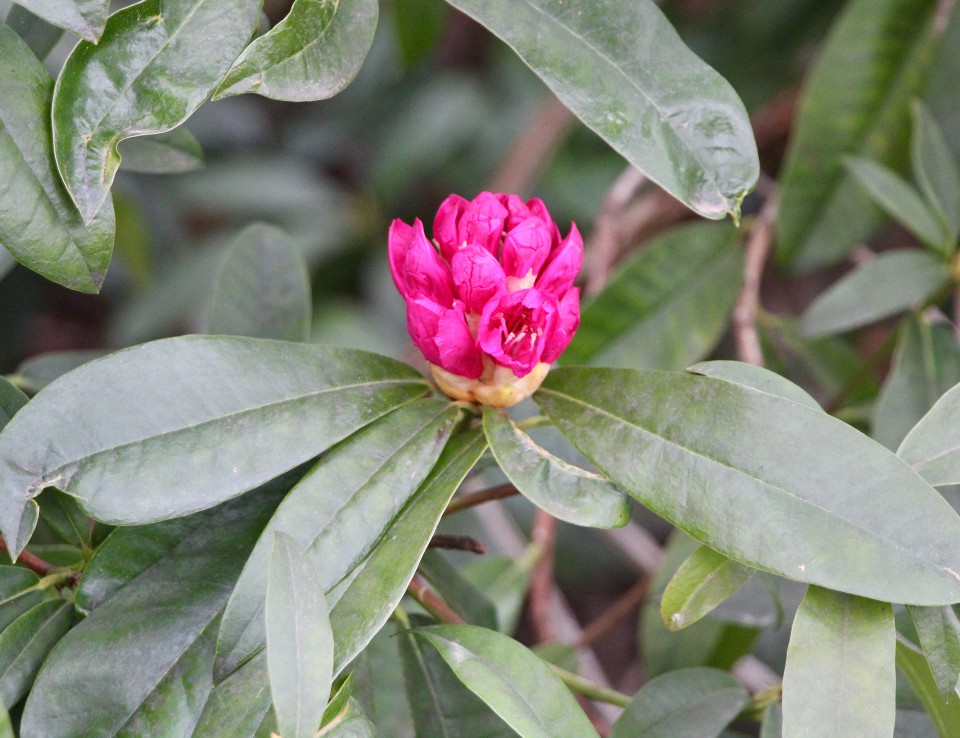
Continuing up the hill we reach the charming little octagonal brick pavilion dating from 1735, the reason for its name the ‘Organ House’ is not clear.
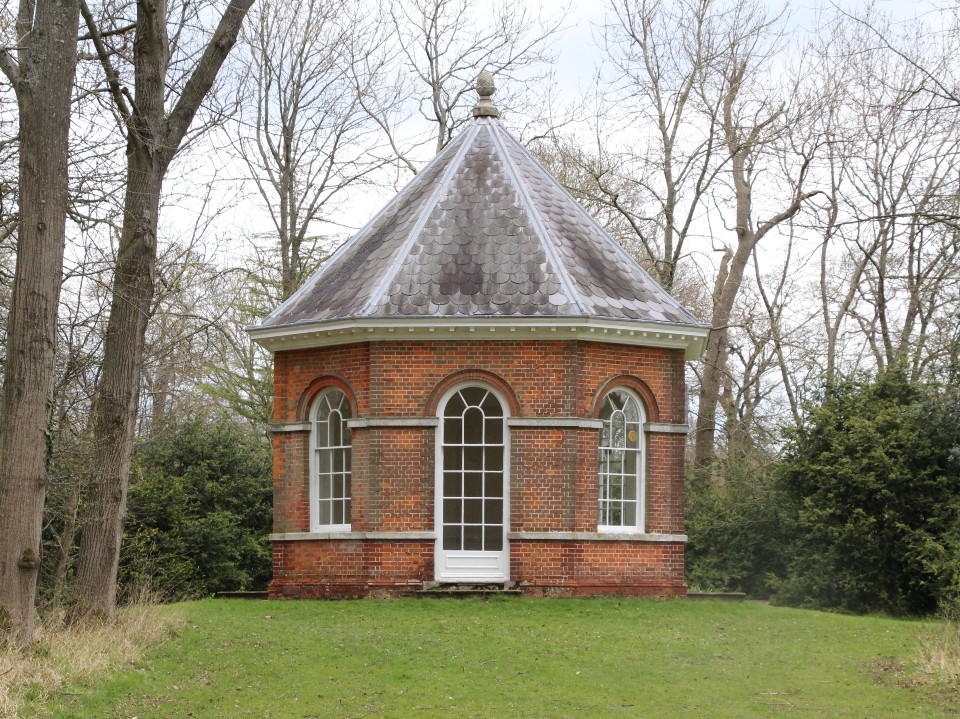
From here you look down the most northern avenue towards Hercules who also acts as the eye catcher of the central allée,
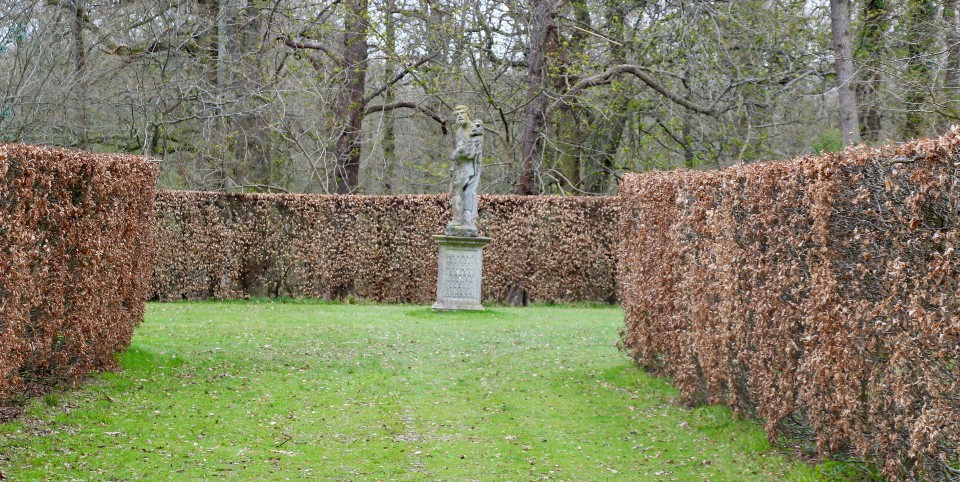
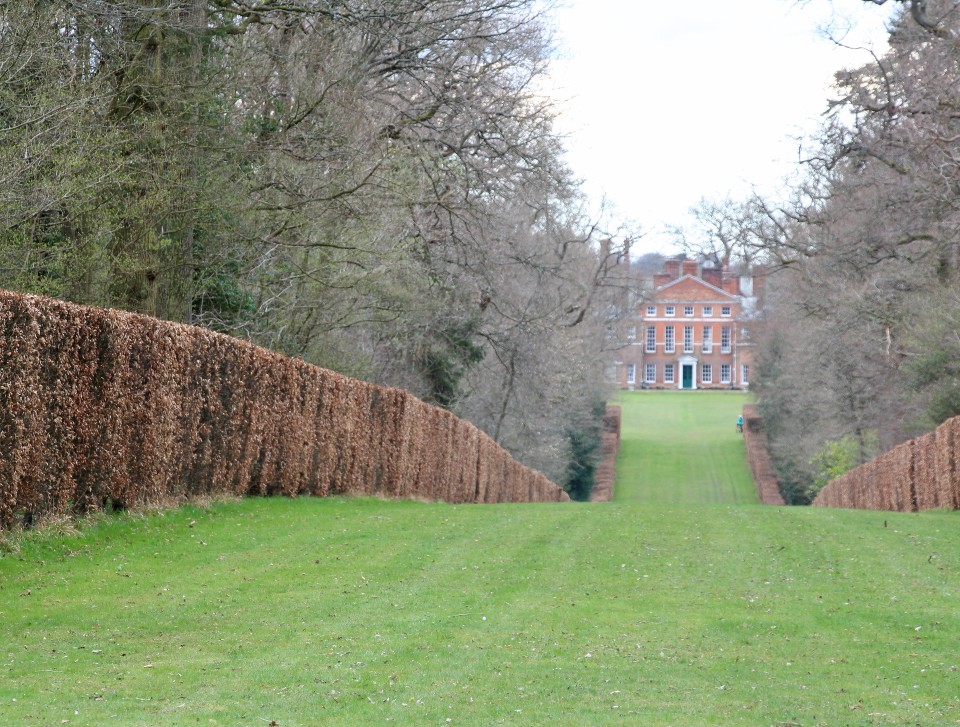

The allee does not stop directly here but carries on behind Hercules into the countryside. I cannot help but admire the carved-out tree trunk step-over style, standing nearby.



and two sphinxes with a temple above. It is a quiet controlled space, a contrast to the surrounding wild mature woodland.

The sphinxes are most elegant, one has a bow around her neck the other in her hair, they too have come from Copped Hall and are believed to be portraits of the mistresses of Louis XV, who went by the name of Louis the Beloved.


We wonder, not only at the movement of the static statue but also how he earned the name ‘the Running Footman’. Descending the mossy staircase,

we arrive at the salvaged temple originally seen from across the lake, and feeling we may have completed the 40 acres, think it is surely time for a cup of tea, so we make our way back to the house.

We pass the overgrown ruined orangery,
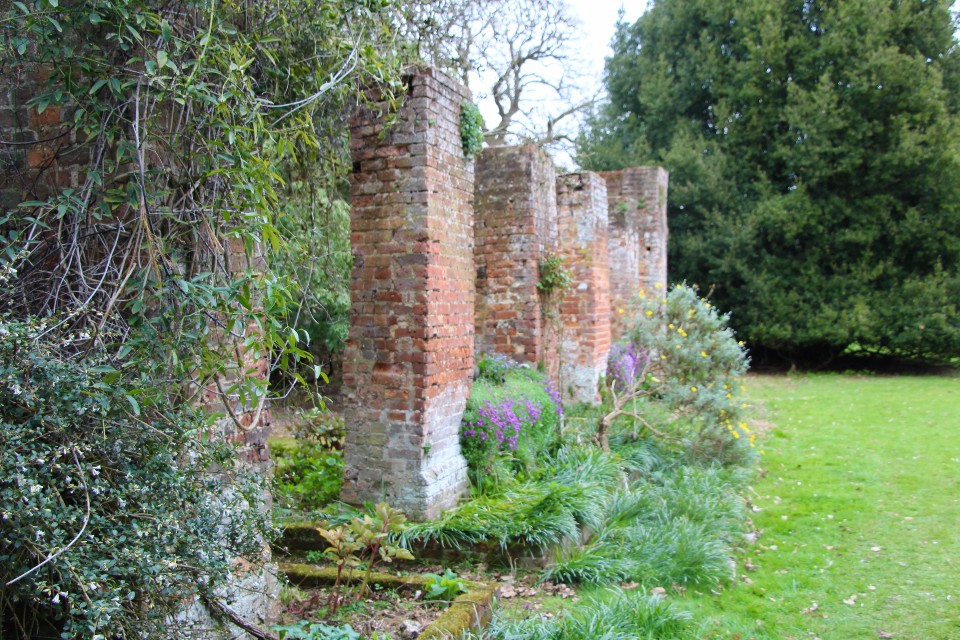
which must have been part of a more formal garden near to the house and where this photo was probably taken. St. Paul’s Walden Bury was the childhood home of Queen Elizabeth the Queen Mother, apparently a gardener, she is seen here wheeling her barrow along with her brother Sir David Bowes-Lyon.

This fabulous and mighty oak must have seen many a childhood game played below its branches.

Teas are served from the west side of the house in a secluded courtyard, deliciously homemade they revived us heartily and we took the opportunity to read the guide book where I find, not surprisingly, the photos are so much better than mine.

We realise that in our eagerness to sample the teas we have missed yet another ‘Wrestling’ statue,

and have to hurry on to a wonderful urn containing the ashes of an adored pet, a dog who was ‘the most endearing of his species’,
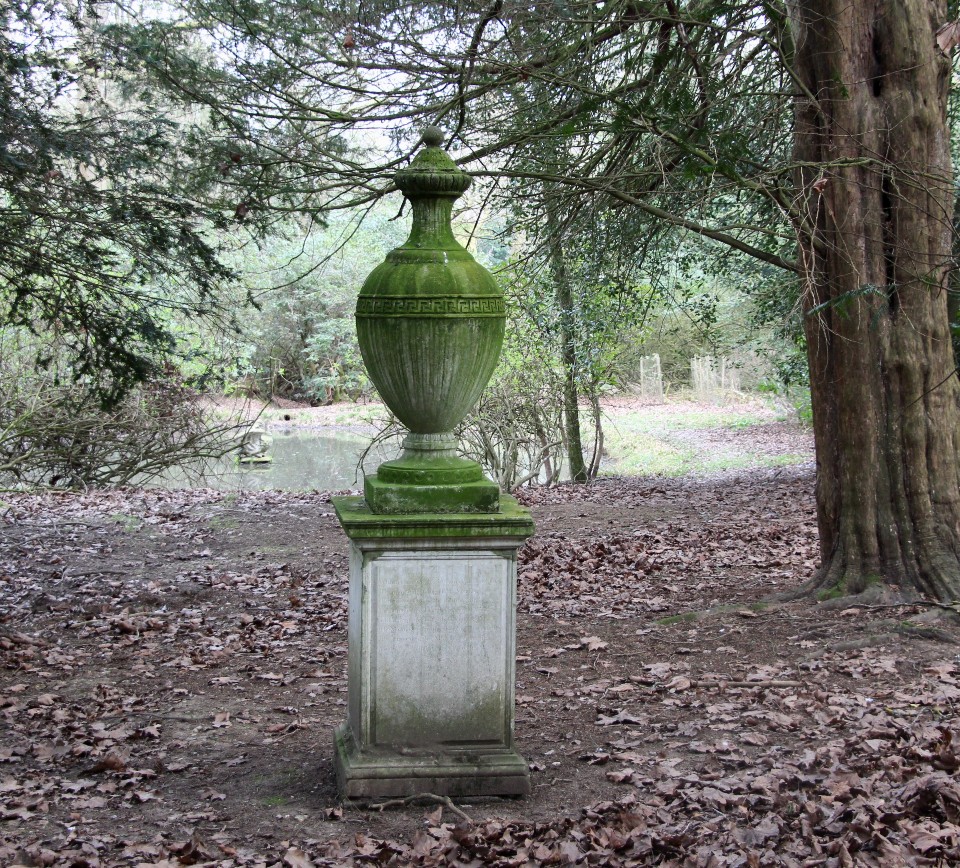
and in a rustic pond we admire the ability of the cherub who has managed to ride the swan.

With a nod to Old Father Time, we thank the the good ladies who have worked so hard on the gate, and like the numerous visitors we have thoroughly enjoyed our afternoon ramble, and indeed as one lady said ‘Oh it is so good to get out’.

You too can ‘get out’ as the garden will be open again on Sunday 15th May and also on Sunday 12th June: for opening times visit https://findagarden.ngs.org.uk/garden/1677/st-pauls-walden-bury
From up high on a wall this little one sends us on our way, did she inspire the royal wave we once knew

*******APRIL*2021*******
